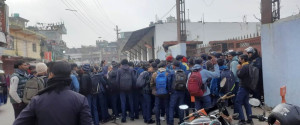National
Supreme Court clears way to probe 2009 Madhesh uprising killings
Rights organisations have documented and claimed scores of extra-judicial killings under the pretext of controlling armed outfits at the time.
Binod Ghimire
The Supreme Court has finally cleared the way to investigate killings by security forces in the Tarai/Madhesh region under the Special Security Plan enacted to control the armed outfits in 2009.
Claiming that hundreds of people were killed extrajudicially, advocates Sunil Ranjan Singh and Dipendra Jha had moved the top court demanding a fair investigation. Passing a verdict in the petition on January 4, 2020, a division bench of the court had issued an order for the investigation, but the two justices—Ishwar Prasad Khatiwada and Kumar Regmi—differed in their reasoning.
As a result, the court authority forwarded the petition to a full bench. A three-member bench, led by Sapana Pradhan Malla, issued a verdict on Thursday concluding that the division bench’s ruling on investigating the killings was unanimous.
In 2020, Justice Khatiwada had explained that it would be difficult to assure victims that a fair and effective investigation could be conducted by the police in cases involving police personnel themselves. He suggested forming a separate investigation body, independent of the police hierarchy and including experts. Until such a mechanism is formed, the Central Investigation Bureau (CIB) of the police could handle complaints regarding extrajudicial killings, Khatiwada said.
Justice Regmi, on the other hand, while agreeing that all such killings must be investigated, had opined that the Office of the Attorney General, together with the police, should ensure a prompt, impartial, effective, and credible investigation.
The Supreme Court administration interpreted the split opinion as requiring the case to be heard by a full bench of three justices. Usually, if opinions differ in a two-member bench, the matter is referred to a three-judge full bench.
“The full bench has paved the way for investigating the extrajudicial killings in Madhesh. This is a step ahead towards delivering justice to the victims and holding culprits accountable,” Singh told the Post after Thursday’s verdict. “My 14 years of effort are finally paying off.”
The petitioners claimed that around 400 people were suspiciously killed in Terai-Madhesh with the implementation of the programme in July 2009. They argued that the police were neither willing nor capable of investigating these incidents, and even if investigated by them, the results could not be considered credible.
Studies by various human rights agencies have pointed out that dozens of people were killed extra-judicially in the name of controlling the armed violence. In its 2010 report, the Office of the High Commissioner for Human Rights said 57 deaths in 39 incidents were found to be suspicious. “These deaths involved credible allegations of the unlawful use of lethal force,” reads the report. “In several cases, the police claim to have initiated their own investigations. However, none of those investigations have resulted in serious disciplinary or criminal action against the alleged perpetrators.”
The study showed that most victims were Madheshi men between the ages of 20 and 30 years.
In a separate report, the National Human Rights Commission documented 49 deaths, 32 at the hands of state security forces. “In most of the incidents, those who were killed had been shot in the chest, head and above the knees,” read the report.
The Democratic Freedom and Human Rights Institute, chaired by Jha, documented that 133 people were extrajudicially killed during that period. The institute claimed that the series of extrajudicial killings were carried out in a planned manner in line with state policy. “Although the report mentions armed encounters involving the Nepal Police and the Armed Police Force, it does not show any loss of life or property on the side of the security forces,” reads the report.




 13.98°C Kathmandu
13.98°C Kathmandu
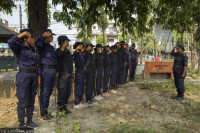
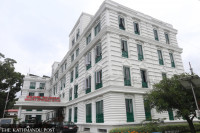
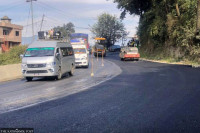


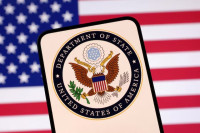



%20(1).jpg&w=300&height=200)
